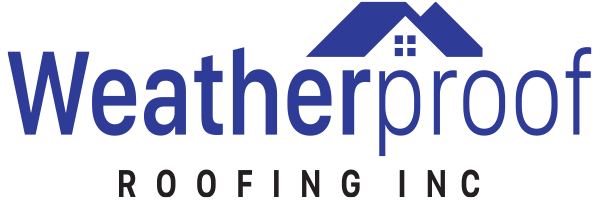What Are the Risks of Ice Dams?
Ice dams can form if some of the surface of your roof is above freezing and other sections are below freezing. When snow falls on your roof, the warmer patches melt the snow. Then, the colder parts refreeze this water into ice. If an ice dam forms on the edge of the roof, it can trap snow behind it. As this snow melts, the water is unable to drain away and may instead leak into your home through the attic.
How Can Ice Dams Damage Your Home?
Leaks from ice dams can wreak havoc on your home. Rot can affect the walls (both interior and exterior), framing, and decking. Paint may also start peeling — often long after the ice dam has gone, making it more difficult to diagnose the problem.
In addition, the ice dam may reduce the effectiveness of your insulation — if the insulation remains wet for a long time, it will be unable to decompress when it dries, meaning it stops functioning entirely. This allows even more heat to escape through the roof, causing more snow to melt and increasing the frequency of ice dams and leaks.
Finally, mold growth and dampness in your house could exacerbate any respiratory illnesses your family members have, including allergies and asthma.
How to Prevent Ice Dams
The best way to ensure your roof never suffers from ice dams is to make sure the entire roof stays cold throughout the winter. A metal roof will achieve this. Plus, even though you may occasionally see some ice buildup, the water will be unable to enter your home through the roof and snow will slide off the roof more easily than if you had asphalt shingles.
Another thing you can do is improve the insulation in your attic. Make sure there are no air leaks, particularly around wires, plumbing, hatches, and light fixtures. It may be worth installing thicker insulation on the floor and around ductwork and chimneys.
There are also a couple things you shouldn’t do. Installing heat cables, for example, is ineffective and will only make your shingles brittle. Plus, heat cables require electricity, adding to your utility bill. Secondly, you should never try to remove the ice dam on your own. This can damage your roof and put you at risk for an accident.
If your roof has ever experienced an ice dam, take steps to prevent future leaks by improving your roofing. Edmonton homeowners can find the experts they need at Weatherproof Roofing. Contact us for a free estimate.

